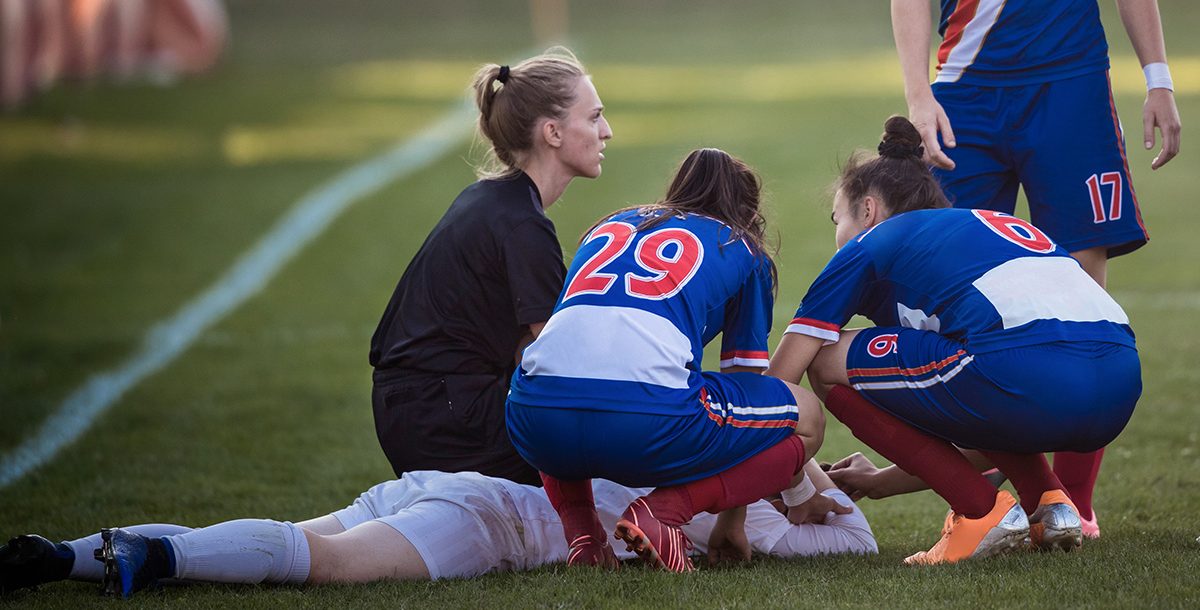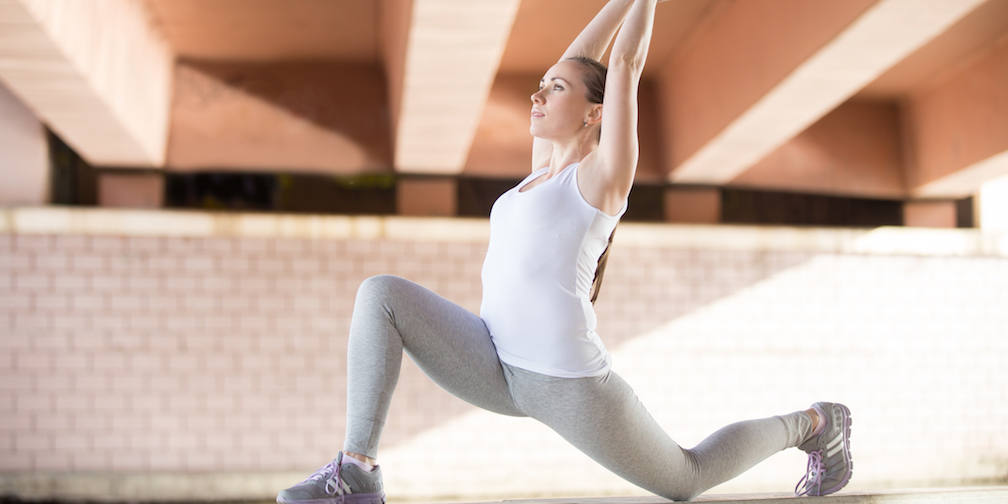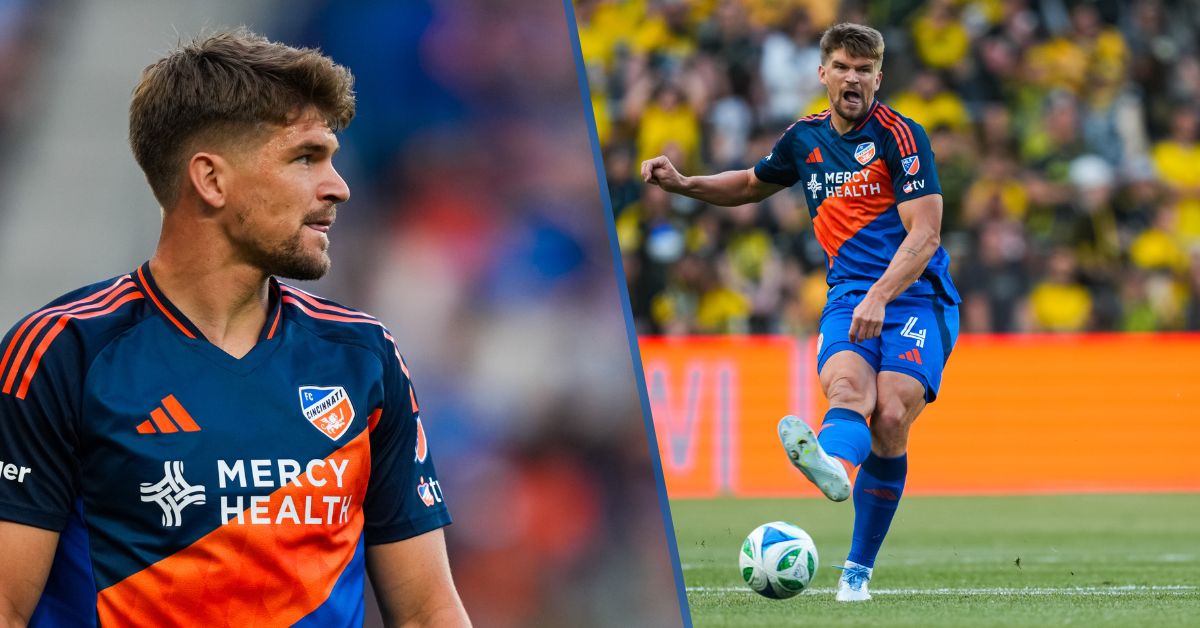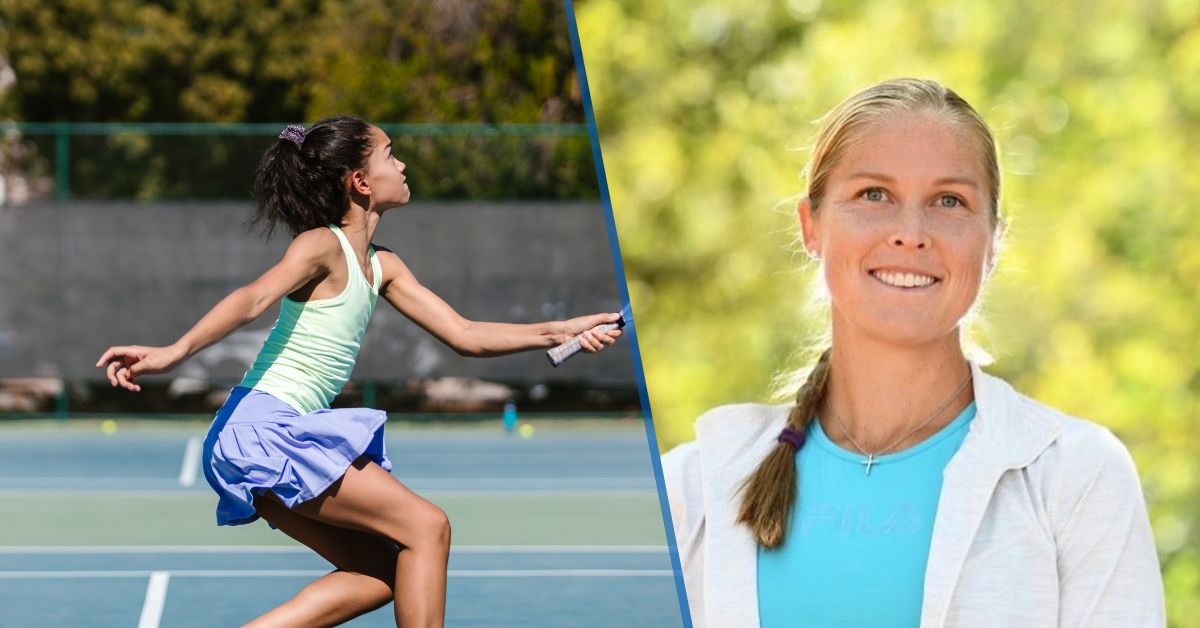As the fall sports season kicks off, student athletes eagerly dive into activities like football, soccer, cross country and more. While these sports offer tremendous physical and mental benefits, they also come with the risk of fall sports injuries.
Understanding how to prevent and manage these injuries is essential to keeping young athletes healthy and active throughout the season.
What are some common fall sports injuries?
Fall sports injuries are a concern for many parents, coaches and athletes. The most common injuries include sprains and strains, shin splints, muscle strains and more severe injuries, like ACL tears, broken bones and concussions.
While each sport presents unique risks, there are proactive steps that can be taken to minimize these dangers.
First, overuse injuries.
Overuse injuries are particularly prevalent during the fall sports season. Activities such as cross country running and soccer require repetitive motions that can strain specific muscle groups over time.
These injuries often develop slowly and can become chronic if not addressed early. Common overuse injuries include shin splints, patellofemoral syndrome – pain in the front of the knee – and stress fractures.
Proper conditioning, adequate rest and listening to the body’s signals are crucial in preventing overuse injuries.
Next, acute injuries.
Acute injuries, such as broken bones, ACL tears and muscle strains, occur suddenly and can have immediate, severe effects. These injuries often result from high-impact collisions, falls or improper technique while playing sports.
For example, an ACL tear might happen during a sudden change in direction in soccer, while broken bones are common in contact sports, like football and soccer. Immediate medical attention and a proper rehabilitation plan, often involving physical therapy, are essential for a full recovery from acute injuries.
Also, concussions.
Understanding concussion symptoms and seeking medical attention following a blow to the head can help prevent a more serious outcome. For many sports, baseline concussion testing is done at the beginning of the season. This is to monitor and measure the damage should an injury occur.
Symptoms of a concussion include:
- Loss of consciousness
- Headache
- Nausea
- Trouble focusing or double vision
It is always important to seek a medical consultation for any blow to the head.
How can I prevent fall sports injuries?
Preventing fall sports injuries involves a combination of proper training, safety measures and awareness.
Here are some key strategies to help keep student-athletes safe:
- Proper warm-up and cool-down: Before engaging in physical activity, athletes should always warm up to prepare their muscles and joints. Dynamic stretching and light aerobic exercises increase blood flow and flexibility, reducing the risk of sprains and strains. After activity, a cool-down period that includes static stretching helps prevent muscle stiffness and promotes recovery.
- Strength training and conditioning: Strengthening key muscle groups can help stabilize joints and improve overall athletic performance. For example, strengthening the quadriceps and hamstrings can reduce the risk of ACL injuries, while core exercises can prevent back injuries. A well-rounded conditioning program should also include exercises that improve balance, agility and endurance.
- Proper technique and equipment: Using the correct technique and wearing appropriate gear are vital in preventing injuries. Coaches should emphasize proper form in all sports activities, from running and jumping to tackling and throwing. Additionally, wearing sport-specific protective gear, such as helmets, shin guards and mouthguards, can significantly reduce the risk of injury.
- Rest and recovery: Overtraining is a major contributor to sports-related injuries. Athletes need adequate rest between practices and games to allow their bodies to recover. Ensuring that young athletes get enough sleep, nutrition and hydration is also critical to maintaining their health and performance.
- Education and awareness: Educating athletes, coaches and parents about the signs and symptoms of common fall sports injuries is key to early detection and treatment. For example, recognizing the symptoms of a concussion can prevent more serious brain injuries. Also, promptly addressing minor injuries can prevent them from becoming more serious over time.
What role can physical therapy play?
Physical therapy plays a crucial role in both the prevention and recovery from fall sports injuries. A physical therapist can design a personalized rehabilitation program that targets specific muscle groups, improves flexibility and enhances overall movement patterns. This individualized approach can help athletes return to their sport stronger and more resilient, reducing the likelihood of reinjury.
Fall sports injuries are an unfortunate reality of the athletic season, but with the right precautions, they can be minimized.
Learn about the sports medicine services we provide at Mercy Health.






